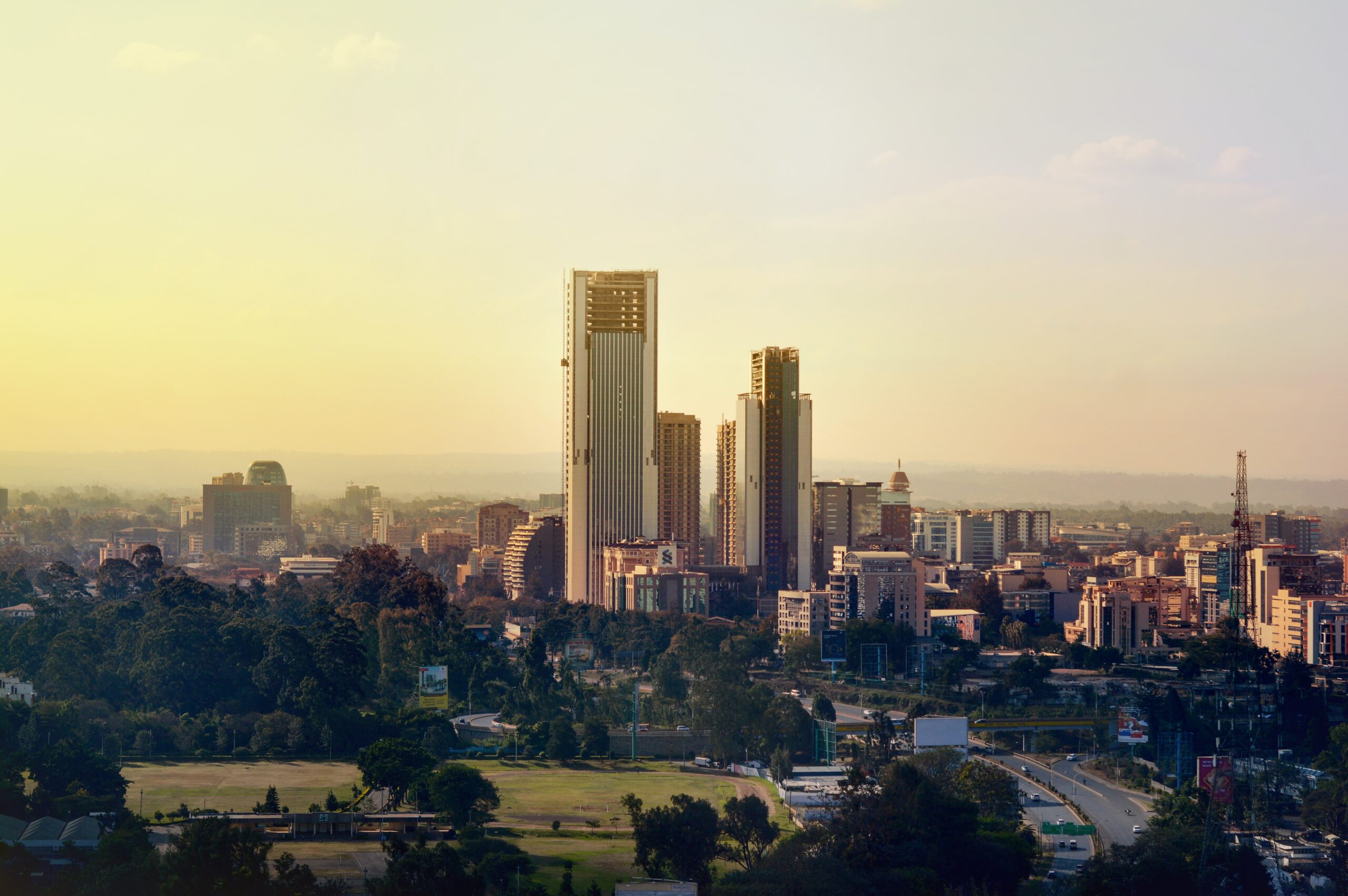Using digital storytelling to share information in the AIR Network project

This case study is part of the SEI Urban Toolbox for Liveable Citieswhich has been developed by the SEI Initiative on City Health and Wellbeing. The Urban Toolbox is a collection of tools, developed within SEI or in coordination with SEI, aimed at supporting planning and decision-making for improving the health, well-being and resilience of city residents and urban systems more broadly.
This case study demonstrates how Digital Storytelling can be used to share information.
GO TO THE SEI URBAN TOOLBOX FOR LIVEABLE CITIES HOMEPAGE
Introduction
Digital storytelling can be used to effectively share and communicate knowledge and experiences. Digital storytelling gives power to the storyteller to tell their own story, in their own words. A digital story is different in style to classic documentary, because it is based around a script, written as a story by the storyteller. That becomes the guiding narrative, unlike some other media forms where the narrator and the person whose stories are being told, are different people.
Digital storytelling has been used in the AIR Network project to help share information on air pollution.
Summary
As part of the Air Network project, academic, research and community partners have carried-out four mini-projects over the past 12 months. The aim has been to experiment with and pilot different interdisciplinary methodologies to both study, and develop community-led solutions to air pollution in Mukuru.
One of the mini projects was “Raising Awareness” to methodologically support the group in applying both more creative and more conventional research methods to the study of the sources and effects of air pollution and create outputs that could be used to directly raise awareness of the issue in Mukuru.
A photographer and was tasked with taking photographs of the sources and effects of air pollution in Mukuru. The photographer was a young and engaged resident of Mukuru and following taking the photographs it was discussed that they could be used to create a digital story. The photographer was keen to participate and volunteered to create one.
Digital storytelling seemed particularly suited to this project as it gives power to the storyteller to tell their own story, in their own words. A digital story is different in style to classic documentary, because it is based around a script, written as a story by the storyteller. That becomes the guiding narrative, unlike some other media forms where the narrator and the person whose stories are being told, are different people.
Digital storytelling was introduced through a presentation, with step-by-step instructions delivered at a training day in Mukuru. The digital story participants were given a copy of the slides which offered the rationale and a step-by-step guide, including writing, storyboarding and voice recording the script. They also received training in ethical practice in photography and in how to use the consent and release forms. Emphasis was put on getting a good quality voice recording.
Although there were production challenges with the digital story, the story was produced by a joint effort and shared within the AIR Network members and partners.
As for the future of digital story making, we anticipate it becoming a powerful and accessible community resource for raising awareness of the sources and effects of air pollution and look forward to tracking how it is used.
Please see here to read the full blog:A Digital Story on Air Pollution by Dennis Waweru.
(0) Comments
There is no content